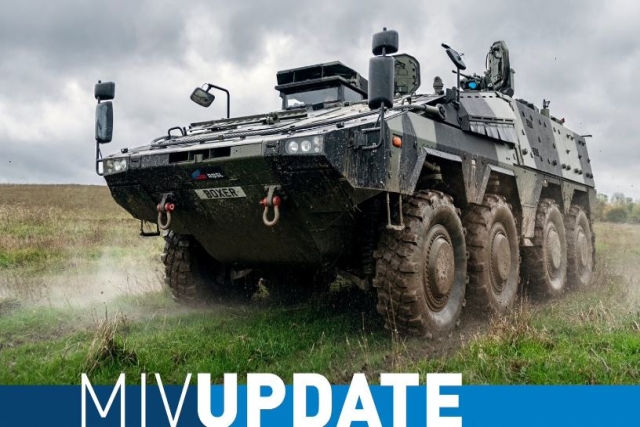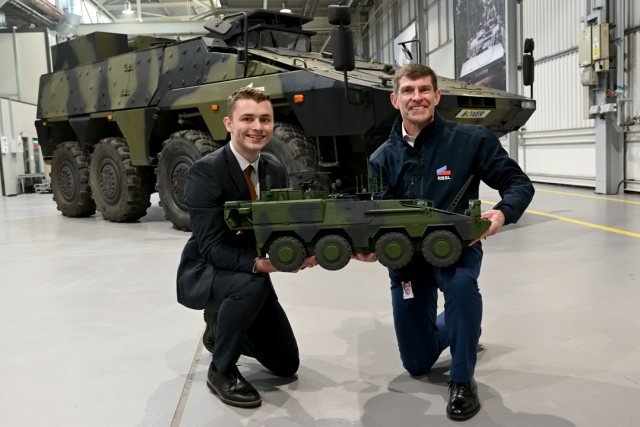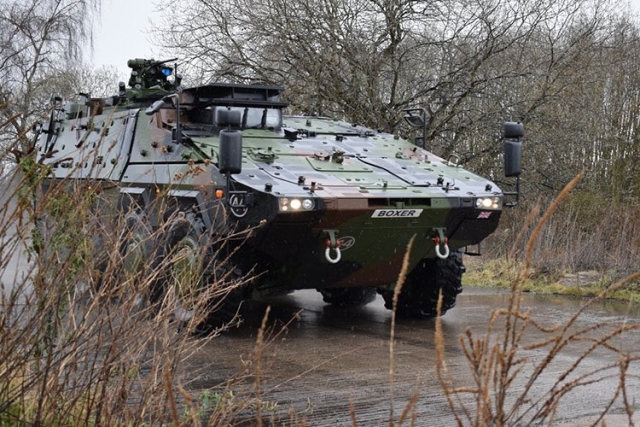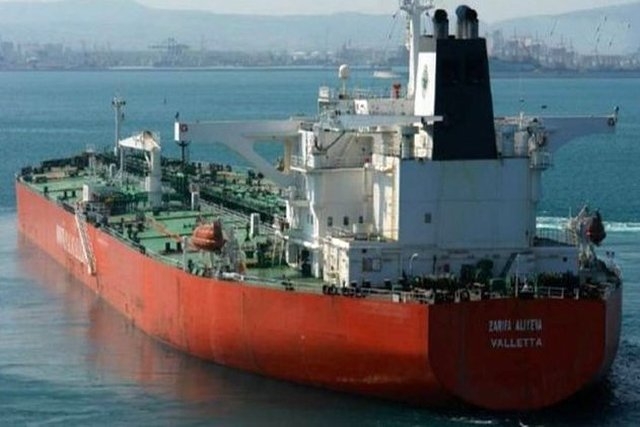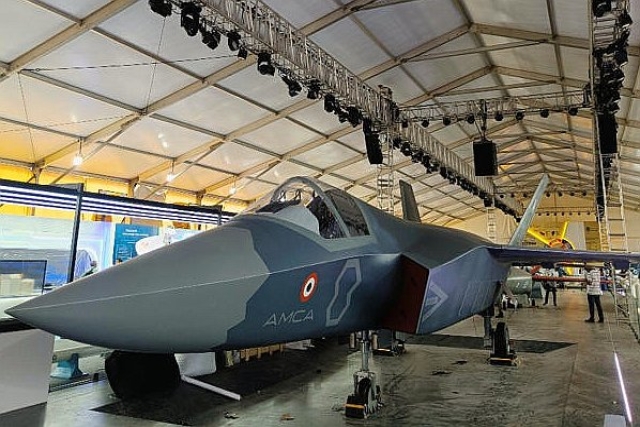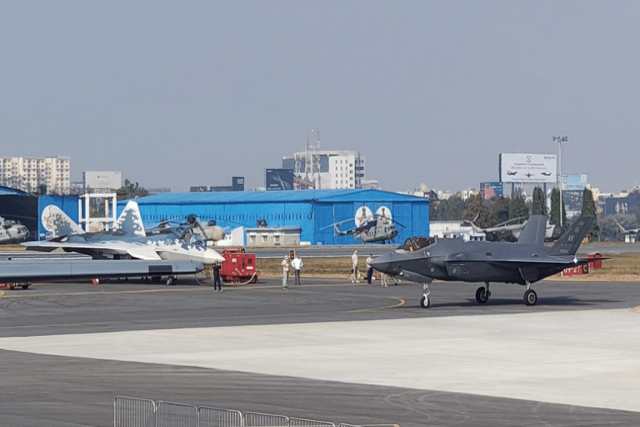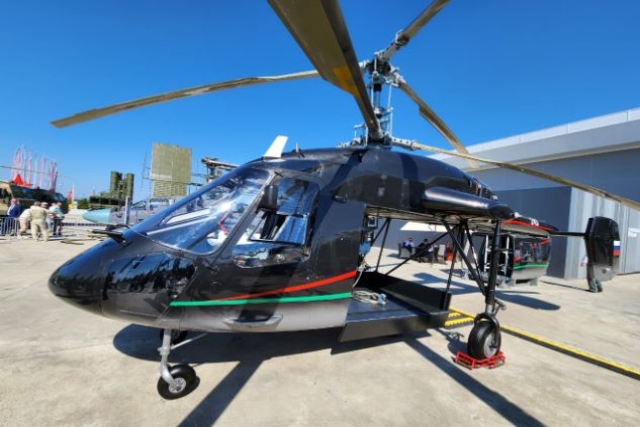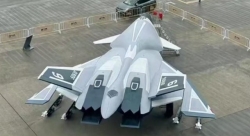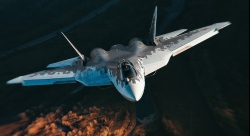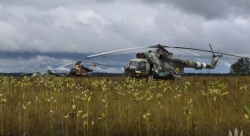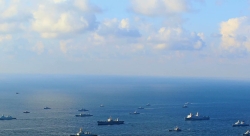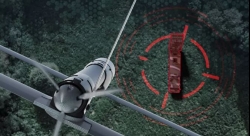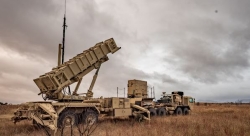First Fully British-Made Boxer Armoured Vehicle Unveiled, 27 More this Year
The Boxer is an eight-wheeled, all-terrain vehicle for troop transport, command, and ambulance roles.
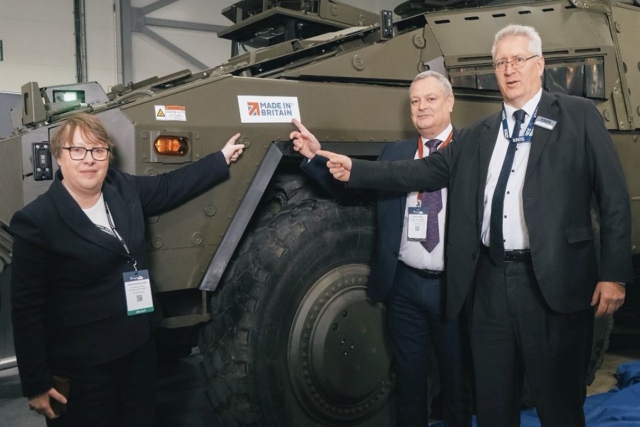
The first fully British-made Boxer armoured vehicle was revealed at the International Armoured Vehicles Conference in Farnborough by Maria Eagle, the U.K. Minister for Defence Procurement and Industry, on January 21.
This event marked the beginning of large-scale domestic armoured vehicle production under the £5 billion Mechanised Infantry Vehicle (MIV) programme.
The Boxer armoured vehicle, manufactured by Rheinmetall BAE Systems Land (RBSL) in Telford, incorporates 75% U.K.-sourced components. The programme is expected to deliver 623 vehicles to the British Army, with production creating over 6,000 jobs across the U.K.
The Boxer is an eight-wheeled, all-terrain vehicle designed for roles such as troop transport, command, and ambulance missions. Its modular architecture allows rapid adaptation to various operational needs. The vehicle is equipped with a 530 kW MTU diesel engine, automatic Allison transmission, and features protection against ballistic threats, mines, and improvised explosive devices (IEDs).
The U.K. variant integrates modifications, including enhanced communication systems aligned with the "Network Enabled Capability" programme. These features are tailored to meet the operational requirements of the British Army and draw on experience from international Boxer users in Germany, Lithuania, and the Netherlands.
The Telford production facility, upgraded with a £56 million investment, has been equipped with modern fabrication and assembly lines.
Initial Boxer production was conducted in Germany, but the transition to domestic manufacturing aligns with the government’s defense strategy. The Defence Industrial Strategy, scheduled for release in spring 2025, will outline further plans for sustaining defense production through 2035.
The Boxer is part of broader modernization efforts, including the acquisition of 148 Challenger 3 tanks. The vehicles will support the British Army’s operational mobility, allowing troops and mission systems to be transported efficiently. The Army plans to have 27 Boxers in service by the end of 2025, with the first British-made units operational within six months.
